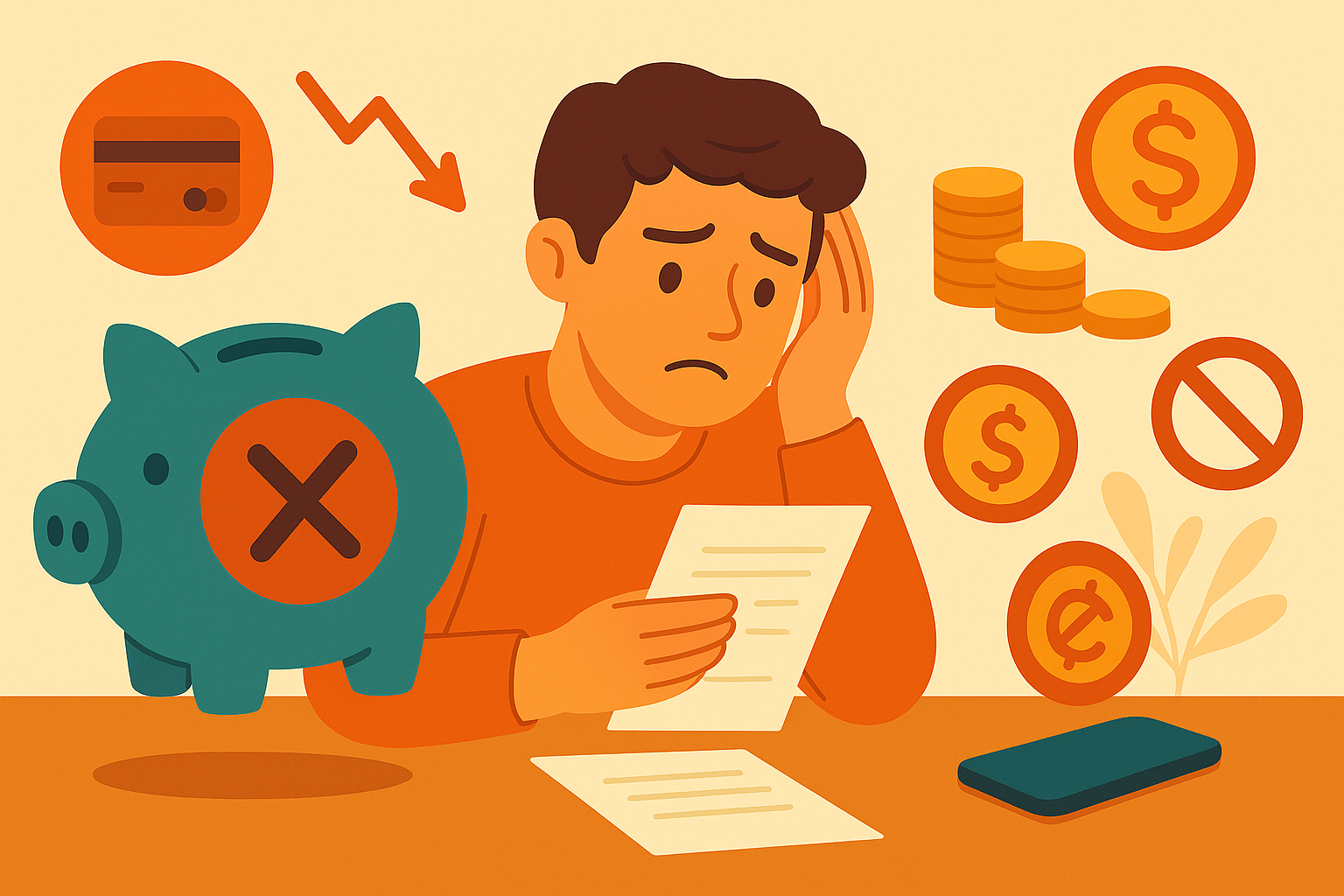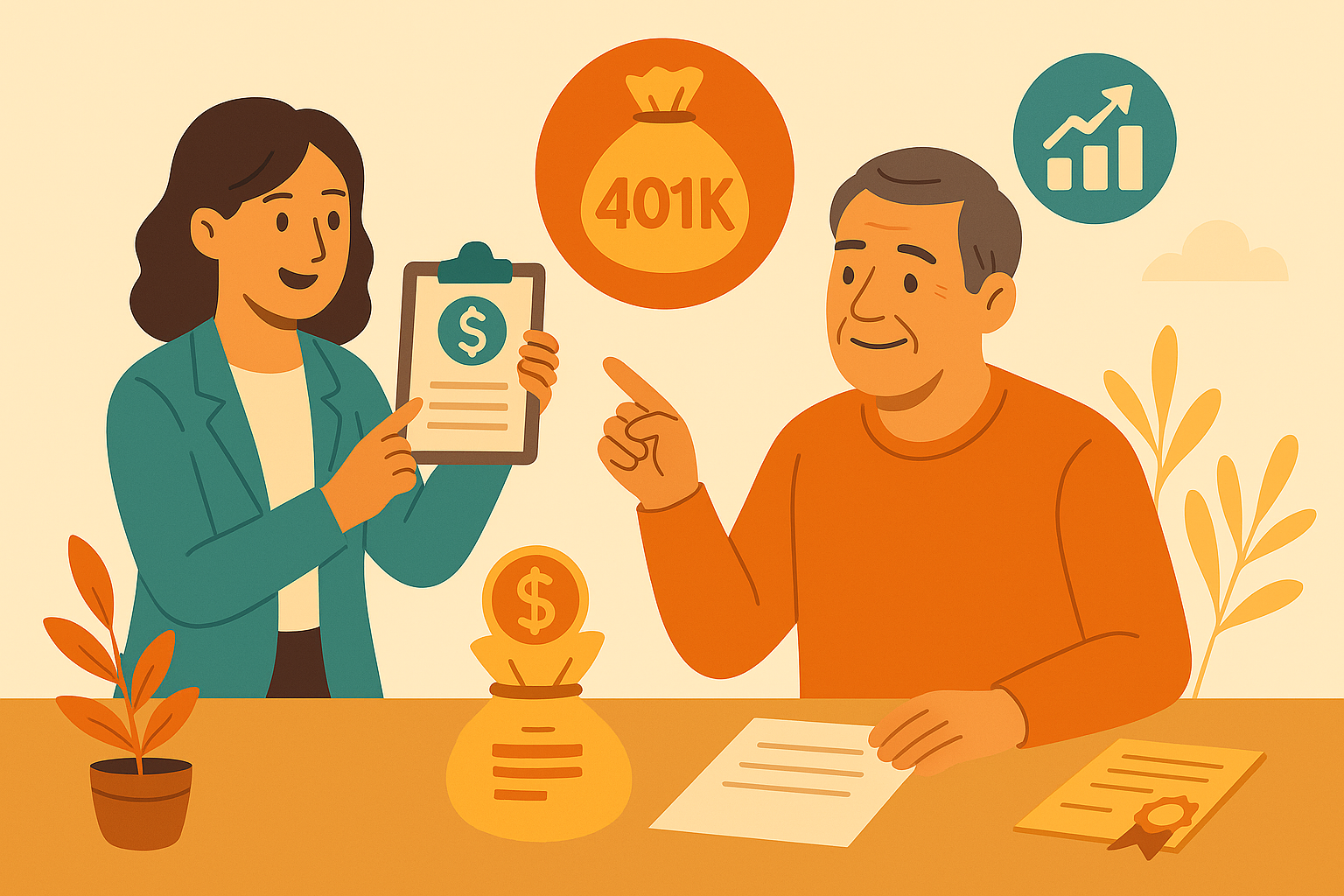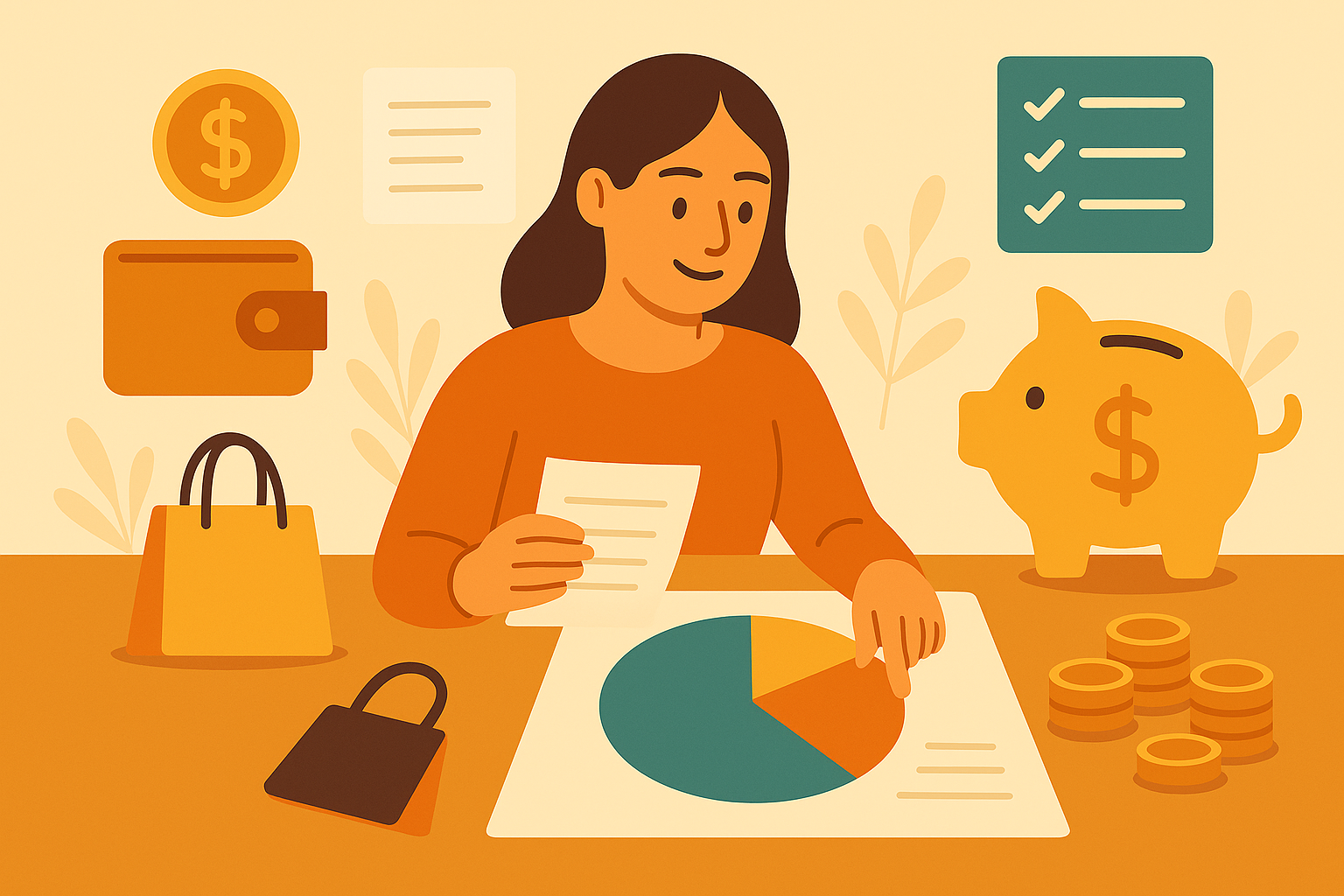Let’s be real – your 20s are weird. You’re supposedly an adult, but you’re also figuring out life while surviving on questionable leftovers and wondering if you’ll ever afford that dream apartment. And somewhere in the middle of all this chaos, people keep telling you to “invest for your future.” If you’re starting to think about investing, you need to know the investing mistakes to avoid in your 20s before they cost you thousands like they did me.
Yeah, thanks. Super helpful.
Here’s the thing though: I actually started investing in my early 20s, which sounds impressive until I tell you about all the investing mistakes to avoid in your 20s that I definitely didn’t avoid. The good news? You can learn from my financial fumbles without losing your own money in the process. These are the exact investing mistakes to avoid in your 20s that cost me thousands of dollars and years of potential growth.
So grab your coffee (or wine, no judgment), and let’s talk about the biggest investing mistakes to avoid in your 20s so you can build real wealth starting now.
Waiting for the “Perfect Time” to Start
This was mistake number one for me, and honestly, it’s one of the most common investing mistakes to avoid in 20s. It cost me more than any other screw-up on this list.
I spent an entire year researching, reading, and convincing myself I needed to know everything before investing my first dollar. The market needed to “calm down” first, I told myself. Financial stability felt like a prerequisite. Understanding every single investment term seemed necessary before I could begin.
Spoiler alert: there’s never a perfect time.
While I was waiting, the market climbed steadily. Those twelve months of hesitation cost me actual returns I’ll never get back. Even worse, I lost twelve months of compound interest – you know, that magical force that makes your money grow exponentially over time.
Here’s what you need to understand: time in the market beats timing the market. Always. Your 20s give you the most valuable investing asset possible – time. Starting at 25 instead of 35 can literally mean hundreds of thousands of dollars more in retirement.
Being an expert isn’t necessary. Perfect market conditions don’t matter either. You just need to start, even if it’s with $50 a month. Your future self will thank you for those imperfect early investments way more than for your perfectly researched plan that never actually happened.
Ignoring Your 401(k) Match
This one still makes me cringe, and it’s definitely on the list of investing mistakes to avoid in 20s.
My first real job offered a 401(k) with a 4% company match. My brilliant 23-year-old self thought, “Eh, I’ll set that up later. Right now, I need my full paycheck.”
Do you know what a company match is? It’s literally free money. Your employer is saying, “Hey, for every dollar you put in, we’ll add free money on top.” And I just… didn’t take it. For an entire year.
The math is painful: I left around $2,000 in free money on the table. Money that would be worth significantly more today after years of growth. All because I wanted an extra hundred bucks per paycheck to spend on stuff I definitely don’t remember buying.
If your employer offers any kind of 401(k) match, contributing enough to get that full match should be your absolute first investing priority. This comes before paying down low-interest debt. It comes before building a massive emergency fund. It comes before anything else.
It’s an instant 100% return on your investment. No other opportunity comes close to matching that return, I promise.
Even if you’re drowning in student loans or barely scraping by, find a way to contribute enough to grab that match. Cut something else from your budget. Cancel a subscription. Make cheaper dinners. Whatever it takes, because this is the closest thing to a financial no-brainer that exists.
Putting All Your Eggs in One Basket
Remember when I said I made facepalm-worthy mistakes? This is the facepalm-iest, and a critical one among investing mistakes to avoid in 20s.
After finally starting to invest, I got really excited about individual stocks. A few articles later, I felt like a genius and dumped most of my investment money into three tech companies that seemed like sure winners.
Two of them tanked. Hard.
The expensive lesson? Diversification matters – or rather, my lack of it nearly destroyed my portfolio. Putting all your money in individual stocks, or even just one sector, is basically gambling with your future. And not the fun Vegas kind of gambling.
Diversification means spreading your investments across different types of assets so when one goes down, your entire portfolio doesn’t crash and burn. It’s the investing equivalent of not blowing your entire monthly budget on rent, then wondering how you’ll afford food.
For most people in their 20s, index funds are your best friend. These funds hold hundreds or thousands of different stocks, automatically diversifying your money without you having to become a Wall Street expert.
Think of it this way: would you rather bet everything on one horse, or own a tiny piece of every horse in the race? Index funds are that second option, and they’ve historically outperformed most individual investors trying to pick winning stocks.
Target-date funds are another solid option if you want even simpler diversification. These automatically adjust your investment mix as you get closer to retirement, becoming more conservative over time. Set it and forget it.
Save the individual stock picking for after you’ve built a solid, diversified foundation. And even then, limit it to money you can afford to lose.
Panicking and Selling During Market Dips
Picture this: I had been investing consistently for about six months when the market took a noticeable dip. My portfolio, which had been slowly growing, suddenly showed red numbers everywhere.
The panic hit hard. Completely, utterly, overwhelmingly.
Convinced I was “protecting” my money from further losses, I sold everything. Then I watched from the sidelines as the market recovered and climbed even higher over the next few months.
Not only did I lock in my losses by selling low, but I also missed out on the recovery gains. It was like paying twice for the same mistake. This emotional reaction is one of the top investing mistakes to avoid in 20s.
Market dips are normal. Corrections happen. Sometimes the market falls 10%, 20%, or even more. But here’s what history tells us: the market has always recovered and gone on to reach new highs. Always.
Your 20s are actually the best time to experience market downturns. Why? Because you have decades for your portfolio to recover and grow. Those dips are actually opportunities to buy investments at a discount.
Watching your account balance drop is terrifying, I know. Your brain screams at you to do something, anything, to stop the bleeding. But the absolute worst thing you can do is sell in a panic.
Instead, keep investing regularly through the ups and downs. This strategy, called dollar-cost averaging, means you automatically buy more shares when prices are low and fewer when prices are high. You’re basically forcing yourself to buy low without having to time the market.
Remember: you haven’t actually lost money until you sell. Those red numbers are just temporary paper losses. Stay the course, keep investing, and let time work its magic.
Trying to Time the Market Like a Day Trader
After my panic-selling disaster, I swung hard in the opposite direction. Market timing became my obsession, and I was determined to get it right this time.
Checking my portfolio became a constant habit. Every financial news article demanded my attention. Market trends, economic reports, and honestly, gut feelings all factored into my predictions about when to buy and when to sell.
It was exhausting. And you know what? My returns were terrible.
All that time and stress, and I would have made significantly more money by simply investing consistently and ignoring the daily noise. Studies show that even professional fund managers usually can’t beat simple index fund returns over time, so what made me think I could?
Timing the market requires you to be right twice – when to sell and when to buy back in. Get either decision wrong, and you lose. Meanwhile, you’re paying taxes on your trades and possibly transaction fees, further eating into your returns.
Your 20s are about building wealth slowly and steadily, not trying to get rich quick through trading. Quick riches usually turn into quick losses.
Set up automatic investments and let them run. Increase the amount when you get raises. Rebalance once or twice a year if needed. But stop trying to outsmart the market with perfect timing. It doesn’t work, and the stress definitely isn’t worth it.
Forgetting About Fees
Nobody talks about investment fees until you’ve been investing for a while, which is criminal because they can absolutely destroy your returns over time. This is another one of those sneaky investing mistakes to avoid in 20s.
Expense ratios meant nothing to me when I started. Funds that sounded good or had impressive past performance got my money. Some of my funds charged 1% or more in annual fees.
“One percent? That’s nothing!” Past me was an idiot.
Here’s the reality: a 1% annual fee might not sound like much, but over decades, it can cost you hundreds of thousands of dollars. That’s not an exaggeration – do the math on compound growth and you’ll see how much those “small” fees steal from your future wealth.
Low-cost index funds typically charge 0.03% to 0.20% in expense ratios. Many target-date funds charge around 0.15%. These tiny percentages make a massive difference when compounded over 30 or 40 years.
If you’re using a financial advisor, understand what you’re paying. Some charge reasonable flat fees or hourly rates. Others take a percentage of your assets, which can add up fast as your portfolio grows.
In your 20s, you probably don’t need expensive actively managed funds or high-fee advisors. Low-cost, diversified investments that you can set up and maintain yourself with minimal effort are what you need.
Check the expense ratios on everything you’re invested in. Anything over 0.25% for index funds or 0.50% for target-date funds probably has better alternatives. Those savings compound just like returns do.
Neglecting to Increase Contributions Over Time
My final mistake was treating investing like a set-it-and-forget-it situation, but in the wrong way.
Setting up my initial contributions felt like a win. Then I just… left them there. Years passed, and those contributions stayed exactly the same. Raises came and went, debt got paid off, and disposable income increased – yet I kept investing the same $200 per month I started with.
Lifestyle inflation ate everything else. Nicer restaurants, better apartment, new gadgets – all the things that felt necessary at the time but honestly weren’t.
Meanwhile, my investing contributions stayed stagnant, which meant I was actually investing a smaller percentage of my income as I earned more. That’s backward.
The smartest thing you can do is commit to increasing your investment contributions whenever your income increases. Got a raise? Immediately bump up your 401(k) contribution or your automatic transfers to your investment account.
Money you never saw in your regular spending budget won’t even be missed. But your future self will absolutely notice the difference.
A simple rule: try to increase your investment contributions by at least 1% per year. Starting to invest 6% of your income at 25 and increasing it by 1% annually means you’ll be investing 15% by the time you’re 34. That progression can mean the difference between a comfortable retirement and a stressful one.
If you get a bonus or unexpected windfall, invest at least half of it before lifestyle inflation convinces you that you need a weekend trip or new furniture. Future you is depending on present you to make smart choices.
The Real Talk About Investing in Your 20s
Look, I messed up in just about every way possible when I started investing. Waiting too long, ignoring free money, making emotional decisions, and paying unnecessary fees – I did it all. Each mistake felt terrible in the moment, but honestly? They taught me lessons that completely changed my financial trajectory.
The beautiful thing about being in your 20s is that you have time to recover from mistakes. Learning as you go is affordable because compound interest is still massively on your side.
But wouldn’t it be better to skip some of those expensive lessons and just start doing things right from the beginning? That’s exactly why understanding these investing mistakes to avoid in 20s matters so much.
Perfection isn’t necessary. Understanding every financial concept or investment strategy isn’t required either. Starting, staying consistent, and avoiding these common investing mistakes to avoid in 20s that derail so many people – that’s all you need to focus on.
Start investing today, even if it’s just $25. Grab your employer match if you have one. Buy low-cost index funds. Ignore the daily market drama. Increase your contributions over time. Keep your fees low.
Do those things, and you’ll be miles ahead of where I was at your age. Your future self – the one sitting comfortably in retirement while friends stress about money – will be so grateful you figured this out in your 20s.
Trust me on this one. Making all the mistakes taught me what works, and correcting course to build real wealth showed me the difference. The second version is way, way better.






